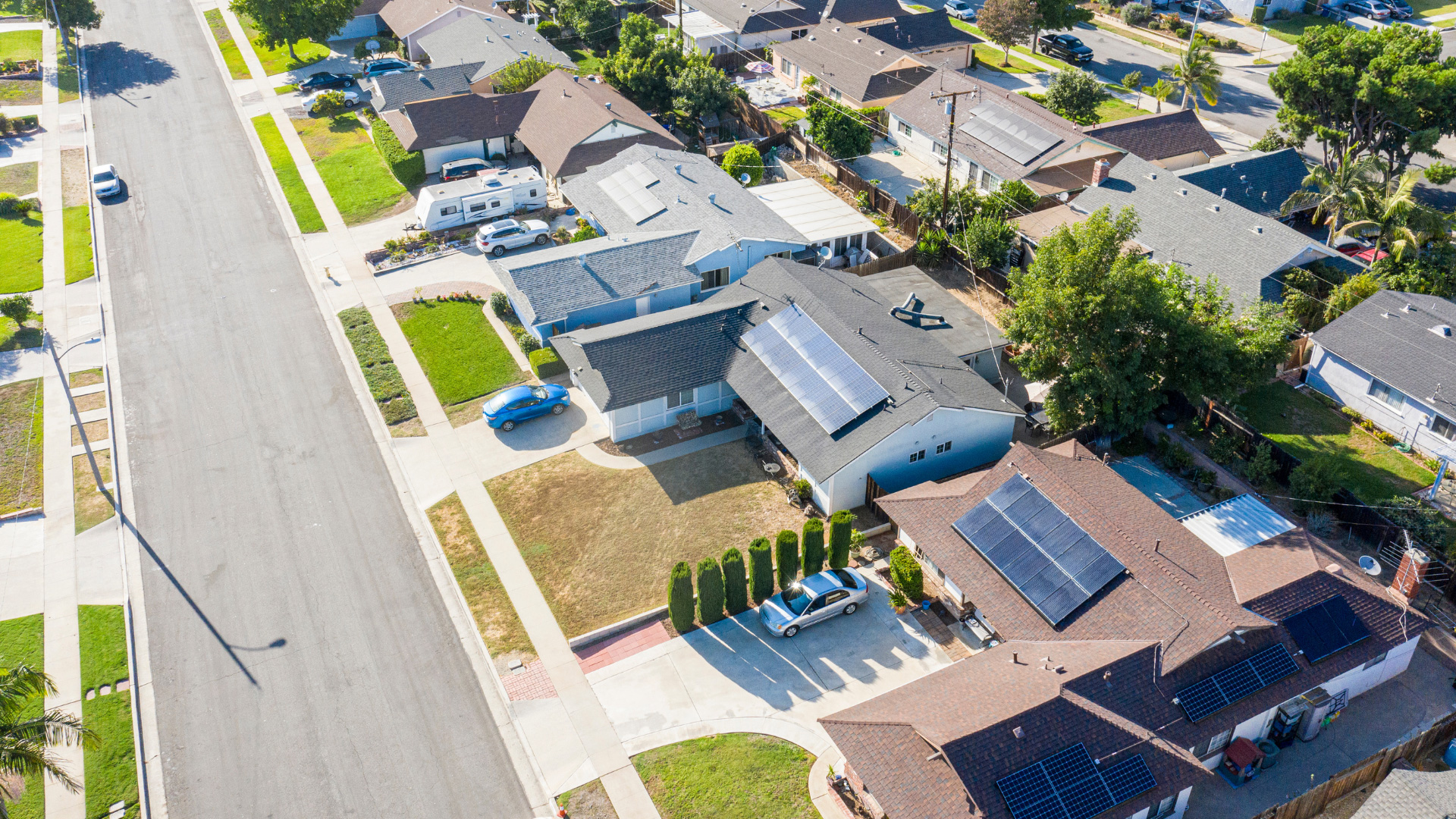As part of the Inflation Reduction Act of 2022, The United States Congress voted to extend the Solar Investment Tax Credit (ITC) for another ten years and increase the credit from 26% to 30%.
This means that all homeowners who went solar in 2022 can claim the 30% solar panel tax credit this year. Even if you purchased your system before the extension was approved, you are still eligible for the full 30%. This article will lay out the steps you need to take to get your full tax credit this year.
Who is Eligible for the Solar Panel Tax Credit?
Americans can claim a full 30% ITC from 2023 to 2033 for residential solar. You’re eligible for the full tax credit if you meet the following conditions:
- You must install the solar system before Dec 31, 2033
- The solar PV system is installed in your property within the US
- You own the solar PV system. The credit does not apply to leased or rented equipment.
- Your solar PV is new, or you’re using it for the first time. You can claim the credit only on the original installation.
What Does the Tax Credit Cover?
If you installed your solar panel system in 2022, you can claim your tax credit for the following expenses:
- The solar panel system or PV cell cost. This includes systems for powering an attic fan.
- Labor and installation costs. This includes permitting and inspection fees.
- Solar energy storage devices. Your storage batteries must have a capacity of at least 3 kilowatt-hours (kWh).
- Sales tax accrued for eligible solar system installation expenses.
The ITC effectively reduces the cost of installing a residential solar system by thousands of dollars, allowing homeowners to start seeing savings on day one
How to Claim the Full 30% Solar Tax Credit This Year
Claiming the solar tax credit on your taxes is easy. Just follow the steps below and receive the credit on your 2022 taxes:
- Ensure your property is eligible for the ITC.
- File the IRS Form 5695 in your tax return. It helps validate your qualification for the credits.
- Calculate the credit. Multiply the cost basis of your property by 30% to determine the credit amount.
- Include your project’s total cost as indicated in your solar contract.
- Reduce the credit if you’re subject to alternative minimum tax (AMT). Again, your tax professional can help you determine the impact of the AMT on your ITC.
- Use the credit to reduce taxes owed. For example, you can offset the federal income taxes owed.
If you aren’t confident filing your own tax return, a tax professional can help you collect and fill out the proper paperwork to claim your 30% savings.
Solar Optimum Is Here to Help
Solar Optimum has been a leader in renewable energy since 2008. We believe in building real relationships around honest talk. If you have any questions about the solar panel tax credit, our Energy Consultants are standing by. You can also download your free white paper below for more information.







